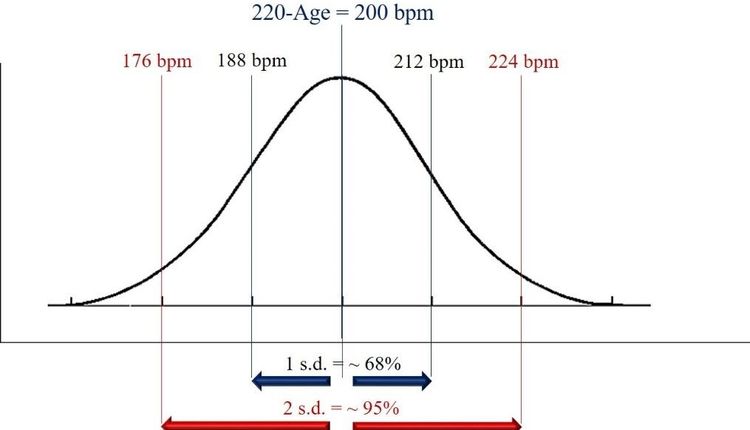The peer groups teenage girls identify with determine how they decide to control their own figure. So reports a new study by Dr. Eleanor Mackey from the Children's National Medical Center in Washington DC, and her colleague, Dr. Annette La Greca, from the University of Miami. Also influencing weight control behavior is girls' own definition of normal body weight and their perception of what others consider normal body weight. These results have just been published online in the Journal of Youth and Adolescence, a Springer publication.
Dangerous weight control practices such as excessive dieting and bulimic tendencies often begin in adolescence and can have serious long-term health implications. Although it is clear that peers can have a major effect on adolescent girls' weight control strategies, exactly how peers exert their influence is to date not well understood. The researchers aimed to clarify how identifying with a particular peer group influences whether or not girls worry about their weight and how they decide to control it.
The authors tested 236 girls aged between 13 to 18 years old, who completed surveys looking at which peer groups they most identified with, their own concerns about body weight, their perception of their peers' weight concerns and their own weight control behaviors. The researchers found that there is a complex relationship between peer group affiliation and girls' weight control behavior. In particular, which group girls identified with was often related to how they controlled their weight.
More specifically, girls identifying with athletic peers ('jocks') were less concerned about their own weight and seemed less likely to be trying to control their weight. Girls identifying with non-conformist peers ('alternatives') were more concerned about their weight and appearance and more likely to be actively trying to lose weight. The girls who identified with those who skip school and often get into trouble ('burnouts') believed their peers valued thinness and dieting. Finally, girls who did not belong to any particular peer group were the most likely to use slimming strategies.
According to the authors, this study shows that girls' own attitudes and their perceptions of peers' weight and appearance norms are pathways through which peer crowd identification may influence weight control behaviors. Understanding these pathways has implications for prevention and intervention programs in both schools and primary care settings. The authors suggest that "health care providers and school personnel might ask adolescent girls about their peer crowd affiliations in order to help identify adolescents with the highest levels of risky health behaviors Girls' body and weight dissatisfaction is also likely to be an important component of weight control interventions."
Visit www.medicalnewstoday.com for more health information.







